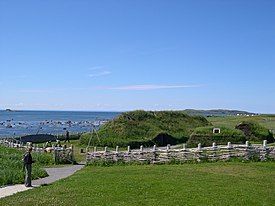On Sunday I found this nice roman seal ring, dating to the 3rd or 4th century AD.
Attachments
Upvote
0
MalteseFalcon said:I mean, obviously here in the states we are not going to find many (if any) metal artifacts older than 500 years or so...
folkert said:On Sunday I found this nice roman seal ring, dating to the 3rd or 4th century AD.
MalteseFalcon said:Must be nice to live in an area with several THOUSAND years of "civilization history" (if you catch my meaning). I mean, obviously here in the states we are not going to find many (if any) metal artifacts older than 500 years or so...

Charles Miller said:There is overwhelming evidence that Viking explorers reached North America about 500 years before the Spanish and Italians even began planning their voyages to the New World. Rune-inscribed stones (probably anchors and tombstones) have been found from New England to the Great Lakes, indicating that the Vikings made a pretty good start of exploring this continent.

SolomonKey said:The rune stones are a different matter. Visitation and maybe some settlement in Newfoundland, Baffin Island, Labrador, certainly, but much further south, or inland? Personally I doubt it... Perhaps you could provide an example of a genuine Viking rune stone outside those areas I mentioned?

